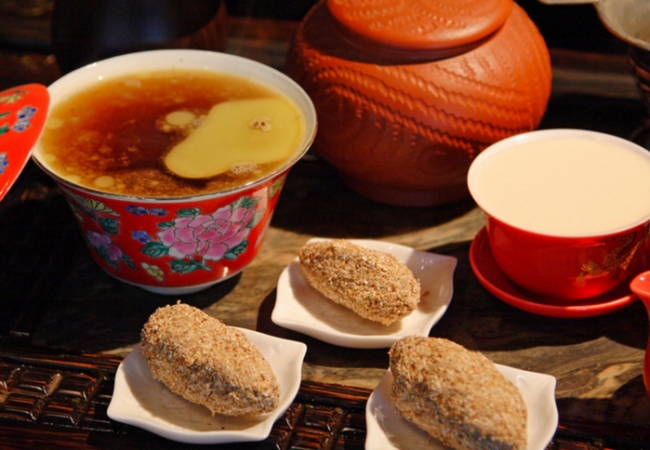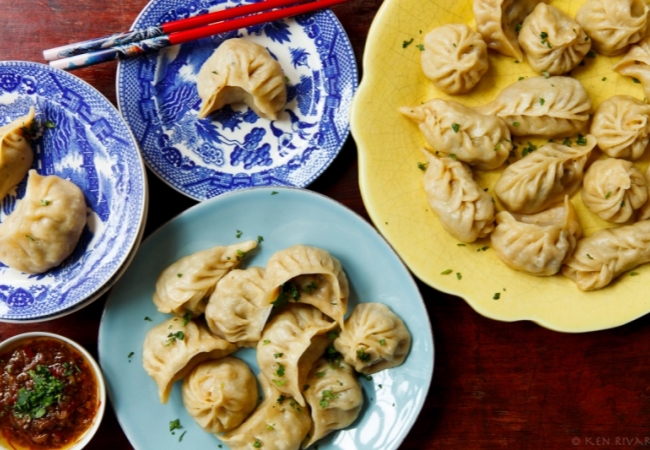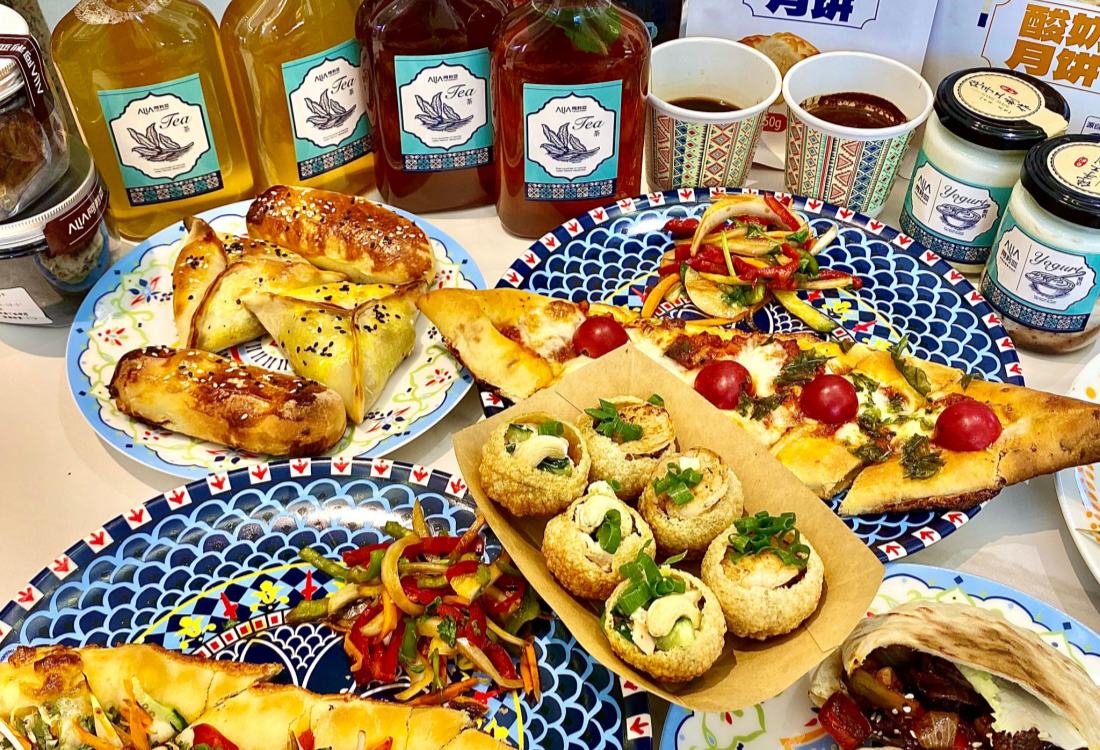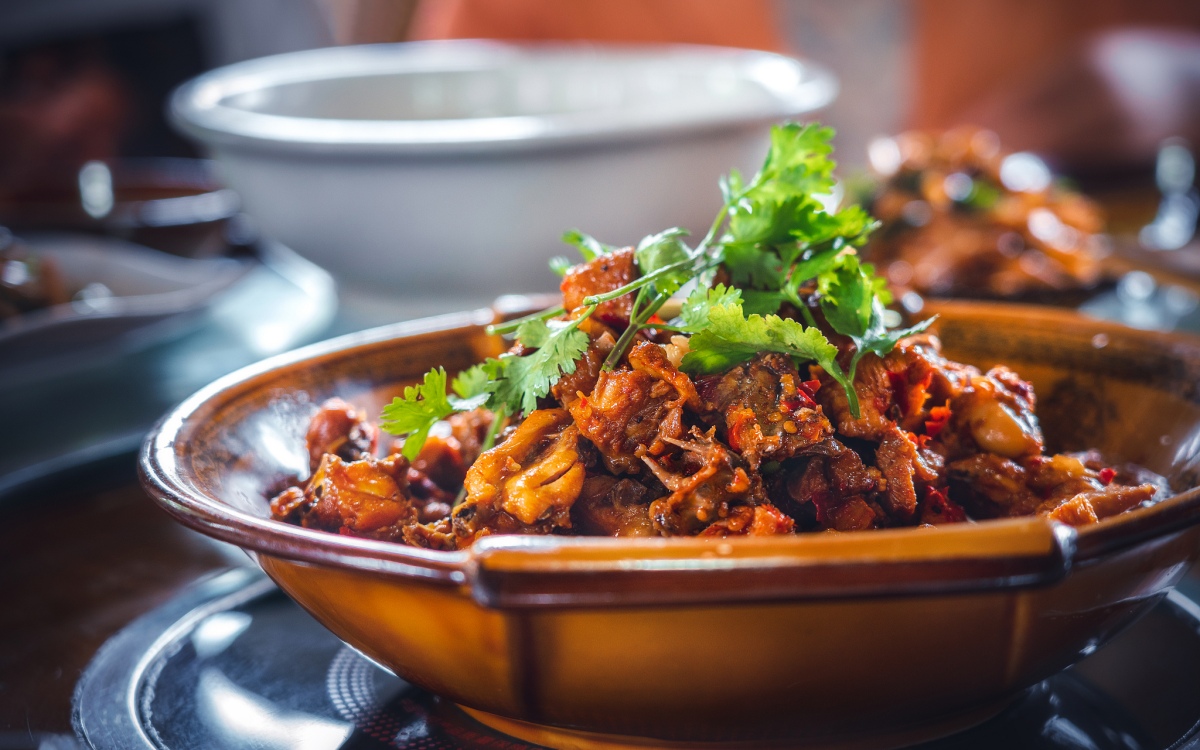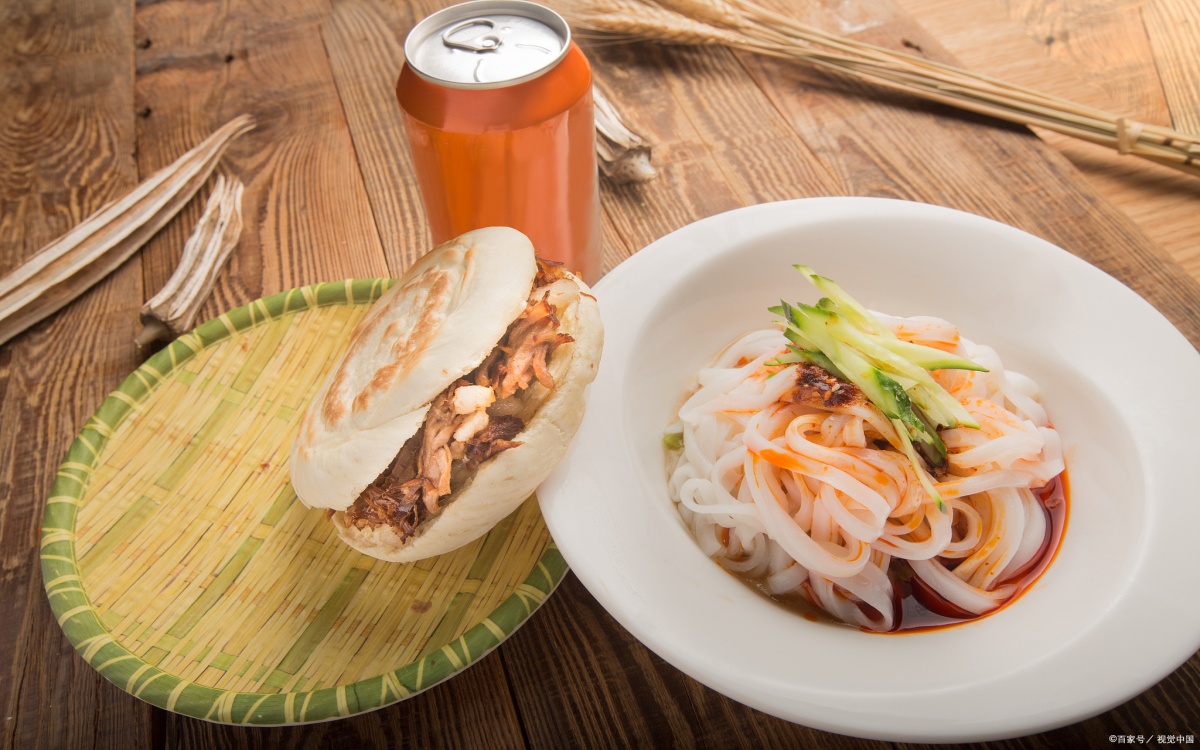Table of Contents
ToggleThis article guides you through the extraordinary world of Tibetan food. We will help you prepare your palate for an unforgettable gastronomic journey, ensuring that when you visit Tibet, you’re ready to dive deep into its rich culinary heritage. Exploring Tibetan food is more than just eating; it’s about connecting with a unique culture, understanding a way of life shaped by breathtaking altitudes, and creating memories that will last long after your journey ends.
Best Tibetan Foods You Must-try
Embarking on a tasting tour of Tibetan food is an adventure in itself. Below are some of the most iconic dishes you simply cannot miss. Each offers a unique window into the flavors and traditions of Tibet.
1. Tsampa: The Lifeline of the Plateau
Tsampa is arguably the most fundamental component of Tibetan food. Made from roasted barley flour, it’s a highly versatile and nutritious staple. Tibetans typically mix it with po cha (butter tea), a pinch of salt, and sometimes dried cheese, then knead it into a doughy consistency called ‘pa.’ This can be eaten by hand.
It’s incredibly portable, making it an ideal food for nomads and pilgrims. Its nutty flavor and filling nature make it a perfect energy source for high-altitude living. You’ll find tsampa served in nearly every Tibetan household and teahouse.
2. Momos: Tibet’s Beloved Dumplings
No journey into Tibetan food is complete without indulging in momos. These delightful dumplings are a national obsession and a true comfort food. Made from wheat flour dough, they are typically filled with minced yak meat (sha momo), beef, mutton (khasi momo), or vegetables and cheese for vegetarian options.
Momos can be steamed (the most common preparation), fried, or even served in a soup (jhol momo). They are almost always accompanied by a fiery dipping sauce, often tomato-based with garlic, ginger, and Sichuan peppercorns, known as sepen. Preparing momos is often a communal activity, making them a symbol of family and friendship.
3. Thukpa & Thenthuk: Soul-Warming Noodle Soups
Thukpa is a hearty noodle soup that’s a staple, especially during the cold Tibetan winters. It’s a comforting and nourishing dish, perfect after a day of exploring monasteries or trekking. The soup typically consists of a flavorful broth, vegetables, and meat (often yak or mutton), along with various types of noodles.
Thenthuk is a variation featuring hand-pulled, flat, or irregularly shaped noodle pieces, making it particularly rustic and satisfying. This warming bowl of Tibetan food is a testament to how simple ingredients can create profound, comforting flavors.


4 Days Lhasa Tibet City Tour : Potala Palace, Jokhang Temple
4. Yak Butter Tea: The Iconic Tibetan Beverage
Yak butter tea is more than just a drink in Tibet; it’s a cultural institution. Made by churning strong black tea with yak butter, salt, and sometimes milk, this creamy, savory beverage is an acquired taste for many visitors but is beloved by locals.
It provides essential calories and hydration in the harsh, cold, and dry climate of the Tibetan plateau. Served to guests as a sign of hospitality, you’ll likely be offered countless bowls during your travels.
5. Yak-Based Delicacies: The Flavor of the Highlands
Yak is central to Tibetan life and, consequently, to Tibetan food. Beyond momo fillings and thukpa additions, yak meat is enjoyed in various forms:
- Yak Meat Hot Pot: A communal and warming experience, where thin slices of yak meat are simmered in a clear, flavorful broth, often made from yak bones. It’s typically enjoyed with an array of vegetables and dipping sauces.
- Dried Yak Meat (Yak Jerky): A popular snack, especially among nomads. The meat is air-dried in the cold, windy Tibetan winters, resulting in a chewy, protein-rich treat with a concentrated flavor.
- Yak Yogurt (Sho): Made from yak milk, Tibetan yogurt has a distinctly rich and tangy flavor, often creamier than cow’s milk yogurt. It’s a festival favorite, especially during the Shoton (Yogurt) Festival, and is often enjoyed sweetened with sugar or mixed with tsampa.
6. Balep: Tibetan Bread Variations
Balep refers to various types of Tibetan bread, a staple accompaniment to many meals. These breads are typically round and flat. Common varieties include:
- Balep Korkun: A simple, pan-cooked flatbread.
- Sha Balep: Often described as a “meat pie,” these are larger, round, or crescent-shaped breads stuffed with seasoned meat and then pan-fried or deep-fried until golden.
- Amdo Balep: A fluffier, leavened bread popular in the Amdo region.


5 Days Lhasa Tibet Culture Tour: Potala Palace & Sera Monastery
Where to Experience Authentic Tibetan Food
Lhasa, the heart of Tibet, offers a plethora of dining options where you can sample authentic Tibetan food. The Barkhor Street area is bustling with traditional teahouses and small eateries. Deji Road and Beijing Road also host a variety of restaurants, some catering more to tourists with multi-cuisine options, but many local gems can be found. Don’t hesitate to venture into smaller, family-run establishments – these often serve the most authentic and memorable meals.
Frequently Asked Questions About Tibetan Food
What is the most famous Tibetan food?
While many dishes are iconic, Momos (Tibetan dumplings) and Tsampa (roasted barley flour) are arguably the most famous and widely recognized examples of Tibetan food. Butter Tea is also extremely well-known as a quintessential Tibetan beverage.
Is Tibetan food spicy?
Tibetan food itself is not inherently very spicy in its preparation. However, many dishes, especially momos and some soups, are often served with a side of ‘sepen,’ a very spicy chili sauce. You can usually control the level of spiciness by how much dipping sauce you use.
Are there vegetarian options in Tibetan food?
Yes, while traditional Tibetan food heavily features meat due to the harsh agricultural conditions, vegetarian options are available, particularly in urban areas and tourist centers. Vegetable momos, vegetable thukpa, tsampa, and various bread and dairy products are common vegetarian choices. Always clarify with the restaurant staff.


